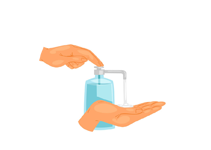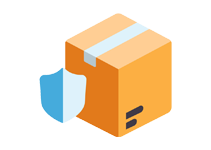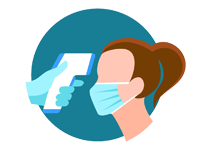Cholestyramine
Cholestyramine is a medication primarily used to lower cholesterol levels and treat bile acid disorders. It is a bile acid sequestrant that works by binding to bile acids in the intestines, which are then eliminated from the body. This helps reduce cholesterol levels, specifically LDL (low-density lipoprotein) cholesterol, and can aid in improving heart health. Cholestyramine is often prescribed alongside lifestyle changes to manage cholesterol effectively.
Uses of Cholestyramine
- Lowers high cholesterol levels, particularly LDL cholesterol.
- Treats bile acid malabsorption, which can lead to diarrhea.
- Helps in managing itching caused by high bile acid levels in the liver.
- Used to prevent and treat gallstones in certain cases.
How Cholestyramine Works
Cholestyramine works by binding to bile acids in the intestines, which are then excreted in the stool. This process reduces the amount of bile available to absorb dietary fat, leading the liver to use cholesterol to make more bile acids. As a result, cholesterol levels, especially LDL cholesterol, are lowered in the body.
Benefits of Cholestyramine
- Effectively reduces high cholesterol, lowering the risk of heart disease.
- Helps in managing diarrhea caused by bile acid malabsorption.
- Can improve liver function by reducing bile acid buildup.
- May help prevent gallstones in individuals at risk.
How to Take Cholestyramine
Cholestyramine is typically taken in powder form, mixed with water or another liquid. The usual dosage is taken once or twice daily, as prescribed by your healthcare provider. It should be taken before meals to be most effective. Ensure you drink plenty of fluids and follow your doctor’s recommendations for dosage and administration to avoid any gastrointestinal discomfort.
Type of Dosage Available
- Cholestyramine powder for oral suspension.
- Cholestyramine oral tablets (in some formulations).
Side Effects of Cholestyramine
- Common side effects include constipation, bloating, and indigestion.
- Some individuals may experience nausea, vomiting, or abdominal discomfort.
- Severe side effects can include severe constipation, unexplained weight loss, and electrolyte imbalances.
Safety Advice
- Cholestyramine should be taken exactly as prescribed by your doctor to avoid side effects.
- Ensure you stay hydrated, as Cholestyramine can lead to dehydration and constipation.
- Consult your doctor before taking Cholestyramine if you are pregnant, breastfeeding, or have any pre-existing medical conditions.
- Avoid taking Cholestyramine with other medications, as it may interfere with their absorption. Always consult with your healthcare provider about any potential drug interactions.
Frequently Asked Questions (FAQs)
Q: How long does it take for Cholestyramine to lower cholesterol?
A: Cholestyramine typically starts working within a few days to weeks, but it may take several weeks to achieve the desired reduction in cholesterol levels. Consistency in taking the medication is important for optimal results.
Q: Can Cholestyramine be used to treat high cholesterol in children?
A: Cholestyramine is sometimes prescribed to children with high cholesterol, but it should only be used under the guidance of a healthcare professional. Your doctor will determine the appropriate dosage and treatment plan.
Q: Can I take Cholestyramine with other medications?
A: Cholestyramine can interact with several medications, so it is important to take it at least 1 hour before or 4 to 6 hours after taking other medications to avoid interference with their absorption. Always consult your doctor or pharmacist before combining it with other drugs.
Download India's most affordable pharmacy app
- Compare with medicine prices
- Save upto 90% on your medicine bills

Temperature Controlled storage and delivery

Regular Sanitization

Disinfected Packaging














 Added!
Added!